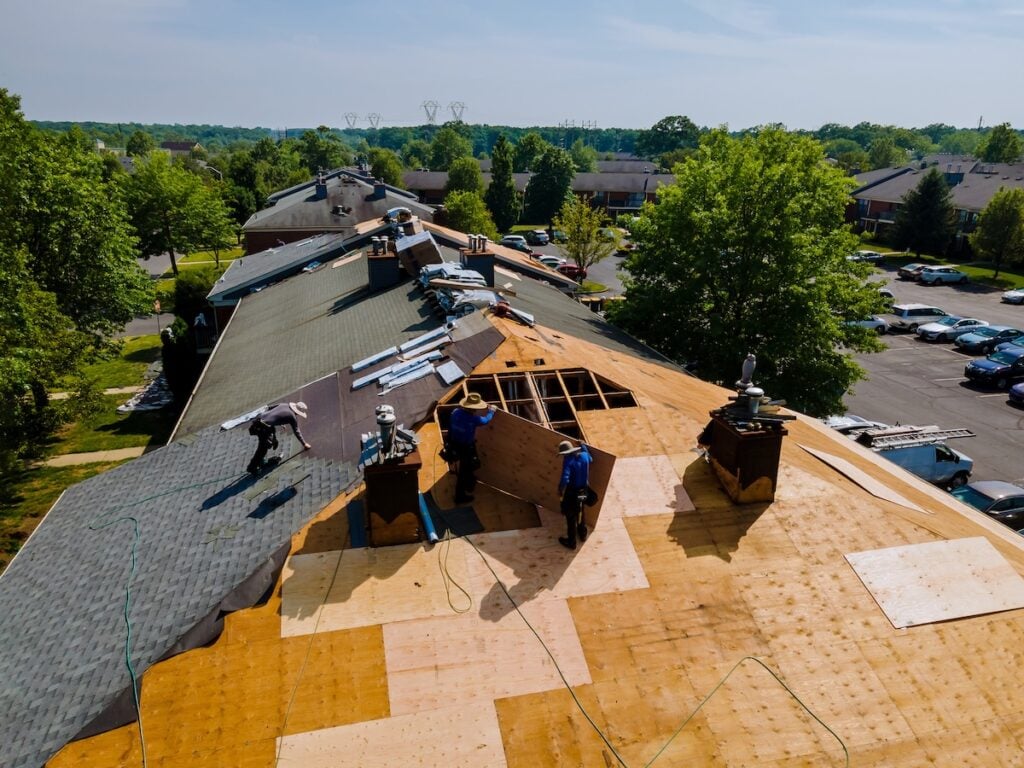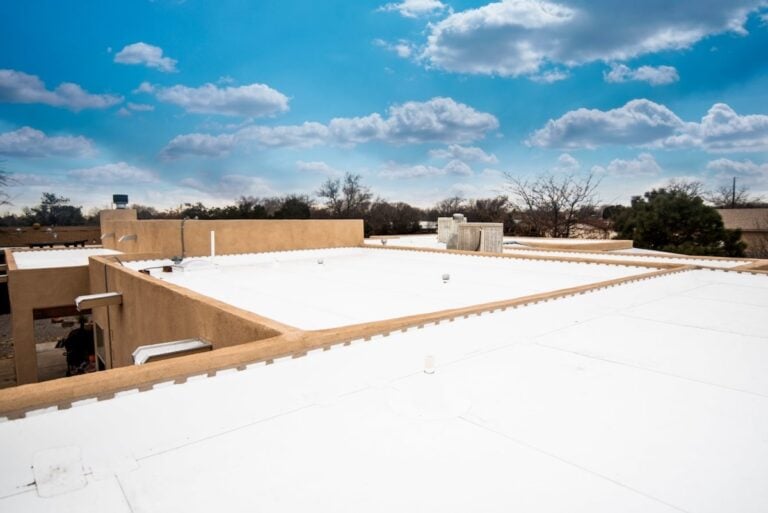How to Get Insurance to Pay for Roof Replacement (Easy)
A roof replacement is one of the largest investments most homeowners will ever make. The good news is that, under certain circumstances, your homeowner’s insurance policy may cover the costs. Understanding the process of how to get insurance to pay for roof replacement can save you thousands of dollars, but navigating claims isn’t always straightforward. Between paperwork, inspections, and adjuster visits, many homeowners feel overwhelmed. That’s why knowing the right steps is key to maximizing your coverage. If you’re considering an upgrade, it may also help to review professional roofing services available in your area to see what’s involved in the process.
In this guide, you’ll discover:
- Why insurance coverage for roofing matters
- The key steps to filing a successful claim
- Documentation tips that can make or break your case
- Common mistakes to avoid during the process
- How to choose the right roofing contractor when insurance is involved
Why Insurance Coverage for Roof Replacement Matters

Not every roof replacement qualifies for insurance coverage, but when it does, it can significantly reduce financial strain. Albuquerque homeowners, in particular, face weather conditions that can cause sudden damage, from high winds to heavy hailstorms. Knowing how insurance works helps you act quickly and responsibly.
- Financial Relief: A full roof replacement can cost tens of thousands of dollars. Insurance can offset much or all of this expense.
- Home Protection: Insurance helps ensure damage is addressed quickly, preventing leaks and structural issues from worsening.
- Peace of Mind: Having coverage means less stress about unexpected emergencies.
- Investment Value: A properly documented claim and professional repair can help maintain or even increase your home’s resale value.
- Community Stability: In storm-prone areas, widespread insurance claims help entire neighborhoods recover faster.
6 Steps to Get Insurance to Pay for Roof Replacement
Securing coverage isn’t automatic—you need to follow specific steps to increase your chances of approval. Below is a straightforward breakdown of the process.
1. Review Your Policy First
Before calling your insurer, review the details of your homeowner’s policy. Policies differ widely in what they cover.
- Check for exclusions related to age, wear-and-tear, or certain types of storms.
- Identify your deductible so you understand out-of-pocket costs.
- See if your coverage is for actual cash value (ACV) or replacement cost value (RCV).
2. Document the Damage Immediately
Insurance companies want proof that damage is storm-related or sudden. Documentation is one of the most important steps.
- Take clear photos of shingles, gutters, flashing, and interior water spots.
- Note the date and type of storm that caused damage.
- Save weather reports or news clippings verifying the event.
3. Schedule a Professional Roof Inspection
Contacting a roofing professional ensures accurate assessment before the insurance adjuster arrives. Contractors are experienced in spotting details homeowners may miss.
- A written inspection report adds credibility.
- Contractors can provide a repair or replacement estimate.
- Early involvement prevents insurers from underestimating damage.
4. File Your Claim Promptly
Insurance companies often set deadlines for submitting claims after a storm. Don’t delay.
- Call your insurance provider as soon as possible.
- Provide your documentation and inspection report.
- Ask what the next steps will be and when the adjuster will visit.
5. Meet With the Adjuster
The adjuster’s role is to evaluate damage and determine whether it’s covered. Having your roofing contractor present can be beneficial.
- Contractors can point out issues adjusters might overlook.
- They can ensure that damage is properly categorized as storm-related.
- Their presence can streamline approval and speed up the process.
6. Choose the Right Contractor for the Work
Once your claim is approved, selecting a reputable roofing contractor is critical. Insurance may cover costs, but quality installation determines long-term protection.
- Look for local contractors with experience handling insurance claims.
- Verify licensing, bonding, and insurance.
- Ask for references and confirm warranty details.

Documentation Tips That Strengthen Your Claim
Your claim is only as strong as the evidence you present. These strategies can help maximize your chances of approval.
Keep a Roof Maintenance Record
- Save receipts from previous repairs or inspections.
- Maintain a log of roof age and condition.
- Show that you’ve kept up with regular maintenance, proving the damage wasn’t due to neglect.
Photograph After Every Major Storm
- Even if damage seems minor, take photos.
- A dated record of past storms can help build your case later.
Gather Multiple Estimates
- Insurance companies may attempt to minimize payouts.
- Having two or three professional estimates gives you leverage.
Stay Organized
- Keep all claim-related documents in one folder.
- Include policy details, adjuster notes, estimates, and correspondence.
Common Mistakes Homeowners Make
Avoiding these pitfalls can prevent delays or denials in your claim process.
- Waiting Too Long: Delays can give insurance companies grounds to deny your claim.
- Skipping Professional Help: Relying solely on your adjuster’s word can lead to underestimation of damage.
- Ignoring Small Damage: Minor issues left unchecked can disqualify you from coverage later.
- Not Knowing Policy Details: Failing to understand ACV vs. RCV can result in unexpected costs.
- Hiring Storm-Chasers: Out-of-town contractors may cut corners or disappear after the work is done.
Insurance Coverage vs. Out-of-Pocket Replacement

To help you weigh the financial difference, here’s a comparison of scenarios:
| Scenario | Out-of-Pocket Costs | Insurance Covered Costs |
| Full Roof Replacement Without Coverage | $12,000–$25,000 | $0 |
| Replacement with ACV Policy | Deductible + depreciation not covered | Remainder of approved cost |
| Replacement with RCV Policy | Deductible only | Full replacement cost |
| Minor Repairs Only | $500–$3,000 | Sometimes not covered (depends on deductible) |
Ready to File Your Roof Replacement Claim?
Understanding how to get insurance to pay for roof replacement doesn’t just save you money—it ensures your home is safe, protected, and valuable for years to come. By following the right steps, documenting thoroughly, and working with an experienced roofing professional, you can make the process less stressful and more successful.
If your roof has been damaged and you’re ready to begin the claim process, don’t wait—contact us today to schedule a professional inspection and get expert guidance through every step of your insurance claim.



